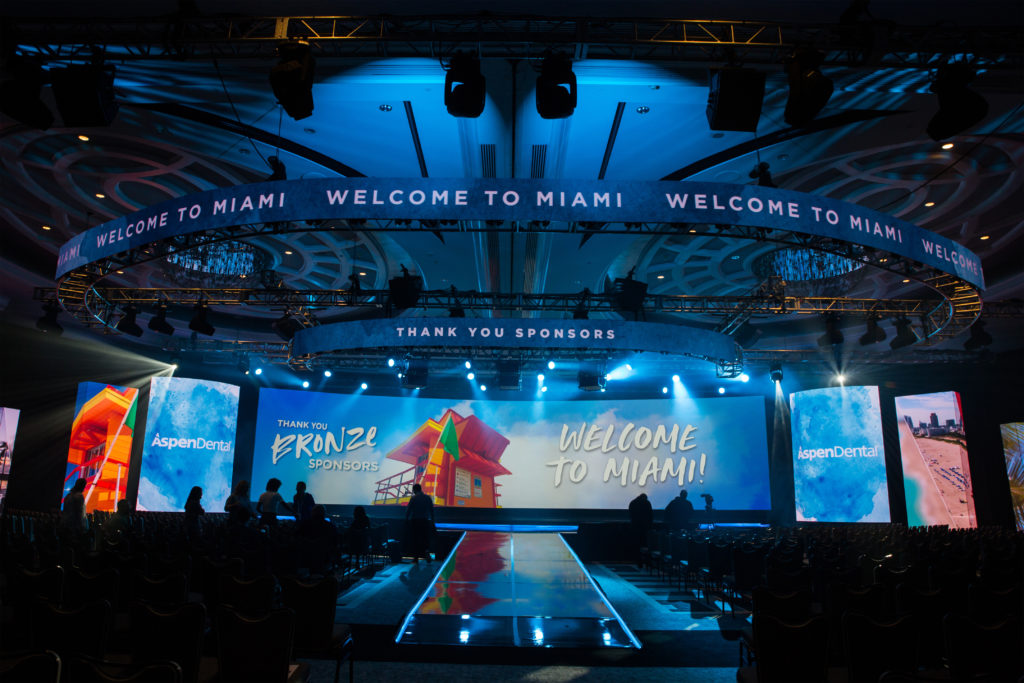Pyrotechnics serve an exciting role in multiple occasions, including pyrotechnic shows, concerts, and festivities. Nevertheless, the employment of fireworks requires strict security guidelines to ensure the safety of everyone. Grasping these guidelines is crucial for occasion planners, attendees, and viewers alike. Proper preparation and compliance to safety guidelines can help prevent accidents and secure a successful event.
First and foremost, it is crucial to obtain the required licenses and permissions before utilizing pyrotechnics. Local laws and regulations frequently determine what types of fireworks can be used and where they can be ignited. Occasion planners should coordinate with community officials to guarantee adherence with all legal requirements. This includes grasping limitations related to the season of year, weather factors, and security areas. Through following these regulations, planners not only secure their occasion’s lawfulness but also safeguard the security of the community.

Education is also crucial component of safely using fireworks. Personnel operating pyrotechnics should undergo proper instruction to comprehend the tools and processes involved. This comprises awareness of ignition methods, safety distances, and crisis response plans. Event planners should also conduct Recommended Site briefings for all staff and volunteers involved with pyrotechnics, guaranteeing everyone is cognizant of their duties and the significance of following safety protocols. This training assists create a environment of safety at the event, where everyone can collaborate together to reduce hazards.
The arrangement and execution of pyrotechnics must be carefully planned. A designated area should be established for launching pyrotechnics, away from viewers and combustible materials. Clear signage should be displayed to keep attendees at a secure distance. Environmental factors can also influence pyrotechnic displays, so organizers should track predictions and be ready to postpone or cancel if factors are not safe. It is essential to have firefighting tools readily available in the event of an emergency. By planning for possible hazards, organizers can respond quickly and efficiently should an accident occur.
Finally, after-event assessments are a key component of mastering security guidelines. After the event, it is important to assess what went right and what could be enhanced. Feedback from staff, assistants, and participants can provide valuable perspectives into the occasion’s helpful site security measures. Organizers should record any occurrences or near misses, learning from these experiences to improve future security protocols. By consistently enhancing their approach to fireworks, occasion organizers can guarantee a secure and enjoyable experience for all involved.